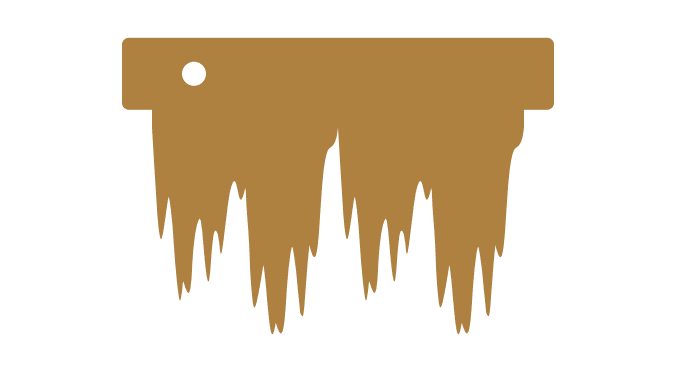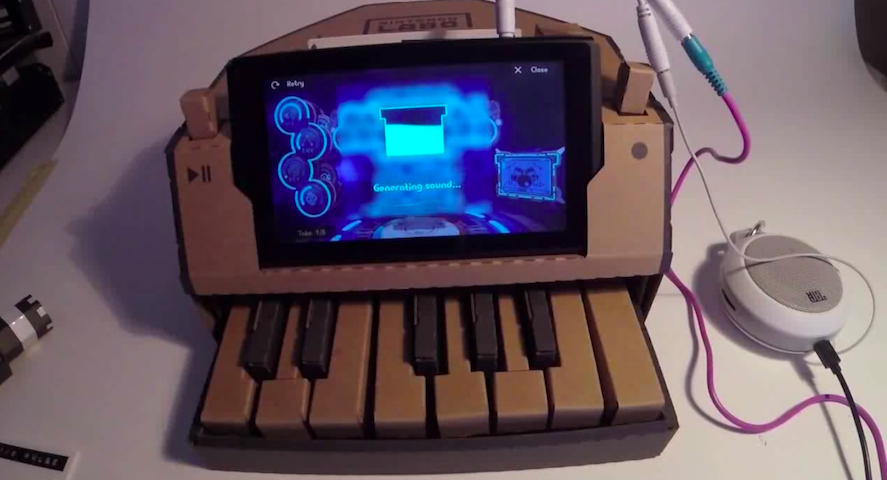Create your own Nintendo Labo Waveform Cards for the piano by using a 3D printer and following blogger Hunter Irving’s reverse engineered post so you can add extra sounds to your cardboard keyboard.
If you’re unfamiliar with Nintendo Labo, it’s essentially a number of cardboard DIY kits which work with the Nintendo Switch console. They enable you to build and create add-on devices from cardboard which turn the console into anything from a keyboard to a fishing rod.
The Variety Pack costs $70 and includes a piano, motorbike, fishing rod, RC car and house Toy-Cons. Meanwhile, the $80 kit that lets you step into the shoes of a giant robot.
Ingenious maker and blogger, Hunter Irving, tried a little reverse engineering to hack the Labo and create 3D printed “Waveform Cards” to improve his piano game further.
Firstly, he built the cardboard piano. With this kit, you also get a few Waveform Cards which are shaped pieces of cards that fit into the keyboard. When you press a button, the Switch camera reads this card and creates an instrument for the piano to play.
The waveforms that come with the kit include optical representations of sine and sawtooth waves as well as a blank Waveform Card for tracing onto the material of your choice. However, Irving adds that he had no interest in tracing – he wanted to 3D print his own cards.

3D Printing Nintendo Labo Cards
Irving began by taking the Waveform template, studying it and learning his limitations. He then explains: “I opened up some soundfonts in FL Studio and poked around till I found instruments with nice, periodic waveforms (visualizing with Soundcard Oscilloscope).”
Next, using Inkscape, he created his own waveforms such as an organ, clarinet, and celesta. For these instruments, he took the waveform shape from a zoomed-in sample.
He adds: “Now comes the fun part. Import SVG to Blender, use “Extrude Face”, pop the hole out. Slice it up in Cura then wait for your 3D printer to heat up! I’m pretty happy with how these turned out! The edges are a lot cleaner than I could have cut by hand, and at 1.2mm thick, they’re a good deal sturdier than cardboard or paper.”
Check out his blog post to hear the final Waveform Cards. And, if you’d like to 3D print your own, Irving has an archive available on his website which allows you to download 9 sample cards and a template to create your own.
Source: Hackaday

Website: LINK

